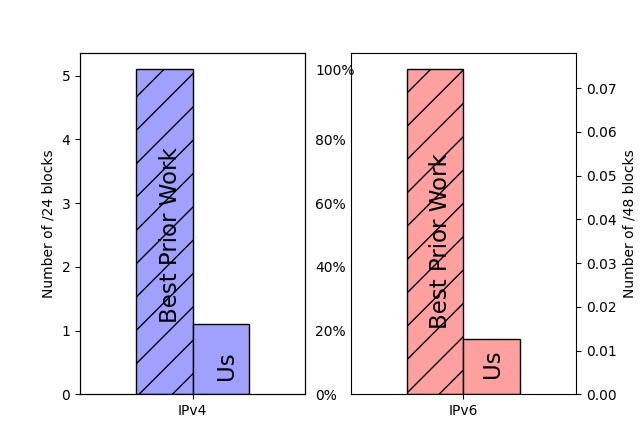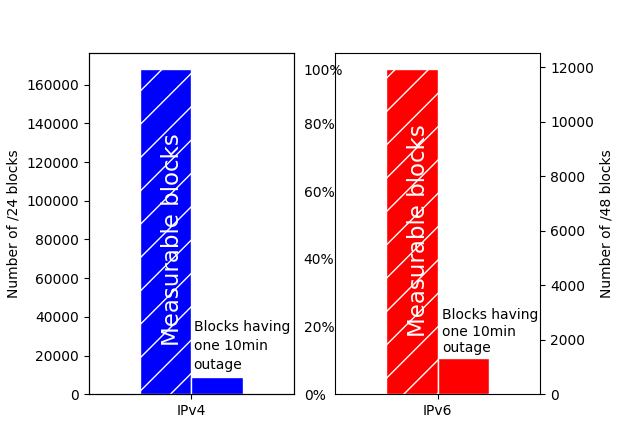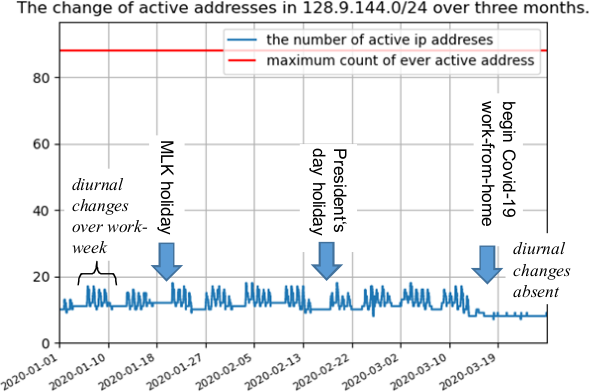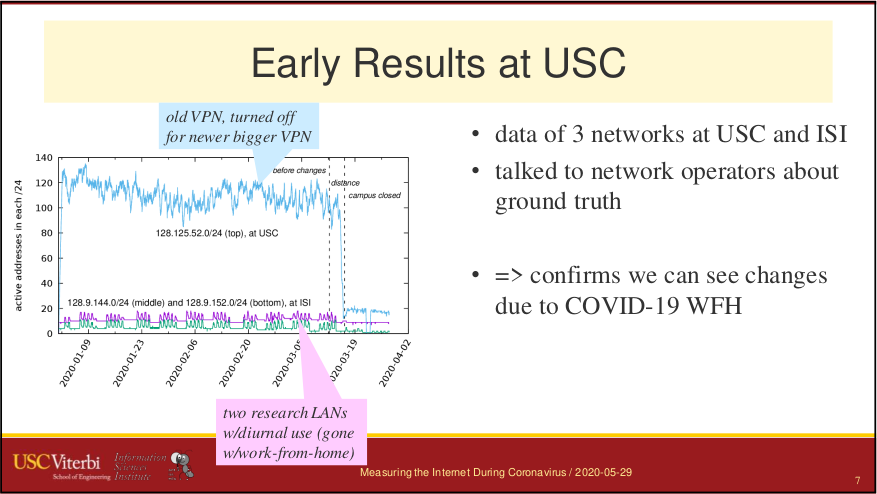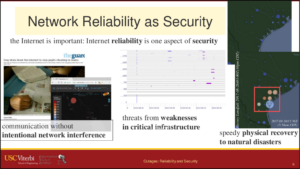Asma Enayet will present her poster “Internet Outage Detection Using Passive Analysis” by Asma Enayet and John Heidemann at ACM Internet Measurement Conference, Nice, France from October 25-27th, 2022.
We expect the ACM poster abstract (without the poster) to appear at https://doi.org/10.1145/3517745.3563032 in October 2022.
We are making a report available now with the poster abstract and poster at https://doi.org/10.48550/arXiv.2209.13767 as a pre-print.
From the abstract:
Outages from natural disasters, political events, software or hardware issues, and human error place a huge cost on e-commerce ($66k per minute at Amazon). While several existing systems detect Internet outages, these systems are often too inflexible, with fixed parameters across the whole internet with CUSUM-like change detection. We instead propose a system using passive data, to cover both IPv4 and IPv6, customizing parameters for each block to optimize the performance of our Bayesian inference model. Our poster describes our three contributions: First, we show how customizing parameters allows us often to detect outages that are at both fine timescales (5 minutes) and fine spatial resolutions (/24 IPv4 and /48 IPv6 blocks). Our second contribution is to show that, by tuning parameters differently for different blocks, we can scale back temporal precision to cover more challenging blocks. Finally, we show our approach extends to IPv6 and provides the first reports of IPv6 outages.
This work was supported by NSF grant CNS-2007106 (EIEIO).
